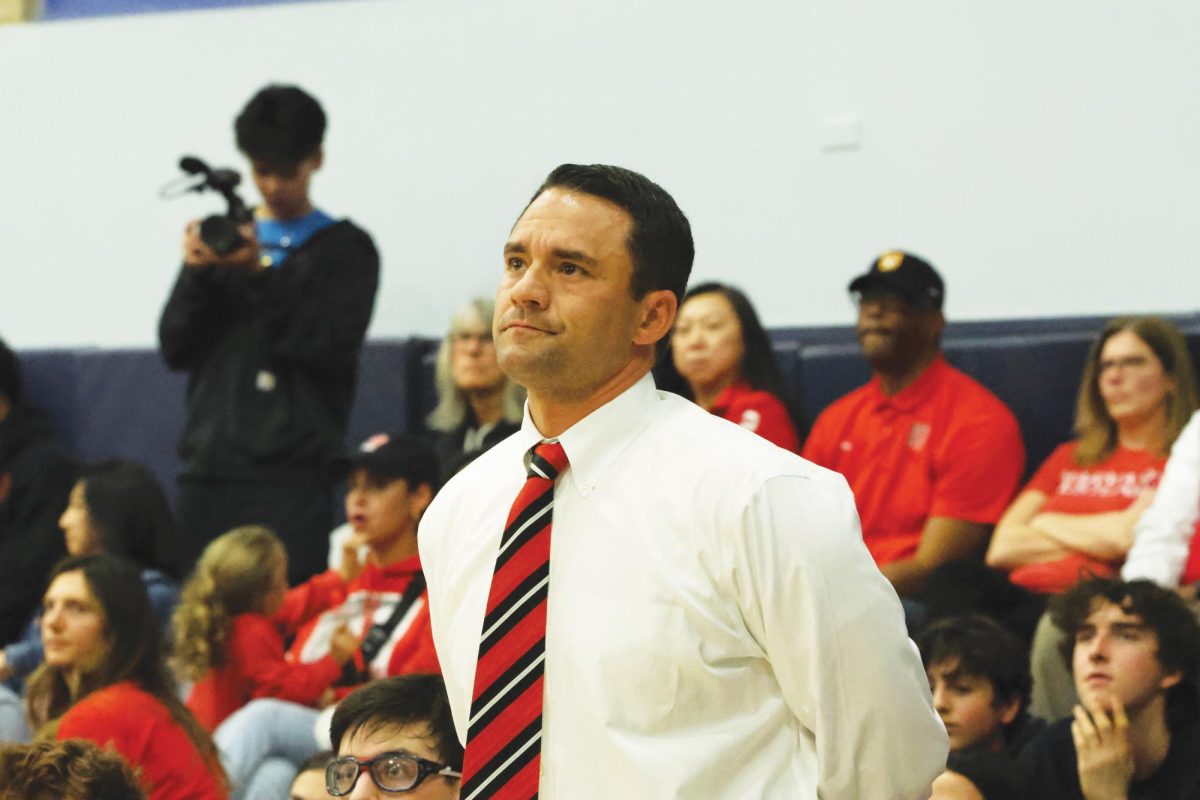UCLA professor Richard Kaner told students about the many potential uses of graphene in a presentation Sept. 9 in Ahmanson Lecture Hall.
Graphene is a molecule made of a single layer of carbon atoms in a hexagonal pattern. It is a basic building block of other carbon crystals like graphite, which is a stack of graphene molecules and commonly seen in pencils.
Graphene both bends and conducts electricity, so bendable electronics are a possibility in the near future. Graphene also stores and conducts electricity well, which allows it to charge current smart phones in under a second and even electric busses in China in just a few seconds. Another example of graphene’s conductivity is that it is used to power a whole store with just one revolving door.
In addition to the slideshow presentation, Kaner also passed out demos where students could peel graphite layer by layer into graphene and also laser artwork where graphene oxide was heated to from graphene, creating designs.





































